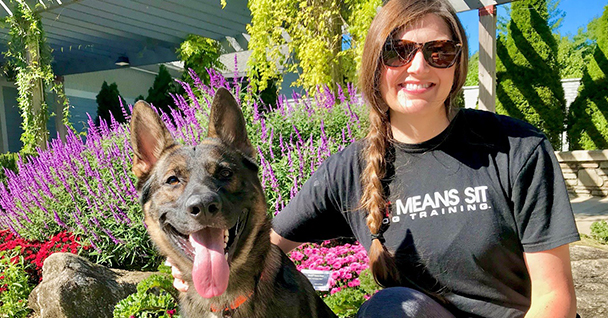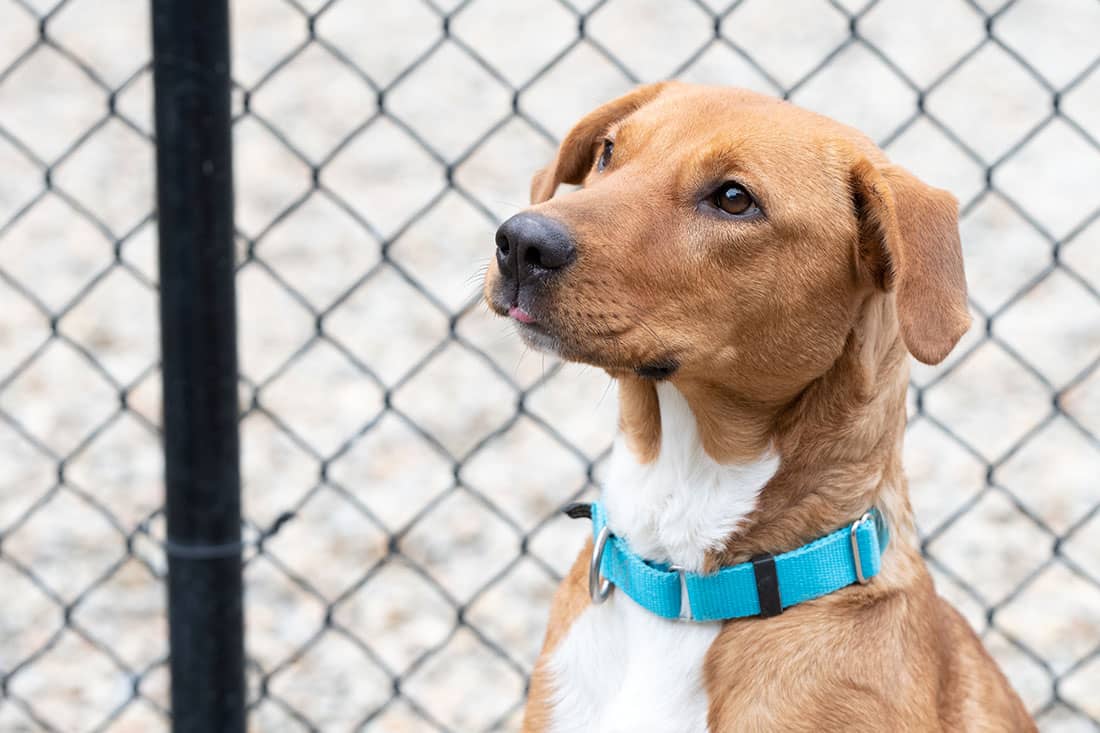Enjoyable Activities to Boost Your Dog Training Experience
Enjoyable Activities to Boost Your Dog Training Experience
Blog Article
Essential Tips for Successful Dog Training: A Guide for Pet Owners
Reliable canine training is a multifaceted process that needs a tactical approach customized to both the pet's personality and the owner's purposes. Comprehending how to browse these obstacles can dramatically enhance the training experience, inevitably transforming the partnership between proprietor and canine.
Recognizing Dog Actions
Comprehending pet actions is vital for effective training and cultivating a harmonious connection in between canines and their proprietors. Canines connect largely with body language, vocalizations, and actions, making it essential for owners to translate these signals properly. Acknowledging a pet's stance, tail setting, and ear orientation can give understandings right into its emotion. For instance, a wagging tail does not constantly show happiness; it can likewise indicate exhilaration or anxiety.

Socialization plays a significant role in canine actions; direct exposure to numerous settings, individuals, and various other pets can significantly affect a canine's character. Additionally, factors such as type features and specific character ought to guide training approaches, as some types may have details behavior characteristics that necessitate customized techniques. By recognizing these components, proprietors can create a supportive setting that motivates favorable behavior, bring about successful training end results and a deeper bond with their pet dogs.
Establishing Constant Commands
Effective communication with your pet begins with developing consistent commands. This fundamental component of training is vital for fostering understanding in between you and your pet. Consistency in the commands you make use of ensures that your pet dog can accurately associate certain words or phrases with the preferred actions.
When selecting commands, select clear, distinctive words that are easy to state and set apart from each other. Avoid utilizing similar-sounding commands that might confuse your pet. As an example, utilizing "rest" and "remain" is proper, yet "sit" and "hit" might bring about misunderstandings.
Additionally, maintain the same tone and volume for every command. Pets are delicate to singing signs, so differing your tone can create confusion.
It is similarly essential to make sure that all family participants get on the exact same page regarding the commands used. A united front in command use will prevent combined signals and reinforce the learning procedure.
Positive Support Methods
The power of positive support in canine training exists in its capability to encourage wanted habits via benefits and praise. This strategy is grounded in the concept that actions complied with by beneficial outcomes are extra likely to be repeated. By incorporating favorable reinforcement into your training regimen, you can properly shape your dog's habits in a constructive fashion.
To execute favorable reinforcement, it's crucial to determine what motivates your pet dog, whether it be treats, playthings, or verbal appreciation. When your canine executes a preferred activity, such as remaining on command, quickly reward them with a treat or love. This organization in between the command and the favorable outcome enhances their understanding.
It's crucial to timing the benefits properly; providing the support within secs of the wanted behavior assists your pet make the connection (dog training). Furthermore, uniformity is vital-- guarantee that all household participants use the same commands and incentive systems to stay clear of confusion

Slowly, you can lower the regularity of treats as your dog discovers the habits, transitioning to applaud or recurring incentives. This approach not only fosters a strong bond in between you and your pet yet also promotes a positive discovering setting, making educating a satisfying experience for both.
Socialization and Communication
Consistently exposing your canine to a range of settings, individuals, and various other animals is vital for their social growth. Socializing should i thought about this begin early, ideally throughout the essential home window of 3 to 14 weeks, when puppies are most receptive to new experiences. Nonetheless, older pet dogs can also take advantage of continuous socializing efforts.
Introduce your canine to different settings, such as parks, pet-friendly stores, and city locations. This direct exposure assists them adapt to numerous stimulations, decreasing anxiousness and fear actions. Motivate positive communications with other pets and people, ensuring that these experiences are secure and controlled to foster confidence.
Make use of structured playdates with courteous pet dogs, as this can improve your canine's social skills and teach them proper actions. Obedience courses and training sessions also provide outstanding possibilities for socialization, enabling your pet to communicate with others in a supervised atmosphere.
Monitor your canine's body movement throughout communications, as this will aid you gauge their convenience level. Slowly increase exposure to more difficult situations while guaranteeing that each experience is favorable. A well-socialized pet is most likely to show well balanced actions, making them a delight to have in any setup.
Attending To Common Training Difficulties
Every pet dog proprietor will encounter training difficulties at some factor, despite their canine's age or socialization degree. Identifying typical problems such as stubbornness, interruptions, and terror can help in developing reliable techniques for renovation.

Progressively present disturbances as the pet dog comes to be much more efficient in commands. Short, regular training sessions are likewise efficient in preserving focus.
Fearfulness can hinder a dog's understanding procedure. Gradual desensitization to the source of fear, matched with favorable reinforcement, can assist reduce anxiety. Patience is critical; never ever force a dog right into a circumstance that creates distress, as this may exacerbate the concern.
Eventually, understanding and resolving these usual obstacles with an organized strategy will certainly foster a more effective training experience, enhancing the bond in between canine and proprietor while promoting efficient understanding.
Verdict
In recap, successful pet dog training depends on an extensive understanding of canine habits, the establishment of consistent commands, and click here now the application of positive support techniques. Socializing plays a crucial role in creating well-adjusted animals, while dealing with usual training obstacles requires patience and versatility. By applying these essential methods, pet dog owners can promote a strong bond with their canines and advertise desirable habits, eventually resulting in a harmonious connection between human beings and their canine companions.
Comprehending index pet dog behavior is essential for reliable training and promoting a harmonious partnership between canines and their proprietors.Socializing plays a substantial duty in dog behavior; direct exposure to numerous settings, people, and other pets can dramatically impact a pet's character.The power of favorable support in pet dog training exists in its capability to motivate wanted actions through rewards and appreciation. By integrating favorable support into your training program, you can efficiently form your pet's behavior in a constructive fashion.
In recap, effective pet dog training depends on a comprehensive understanding of canine habits, the facility of constant commands, and the application of positive support methods.
Report this page